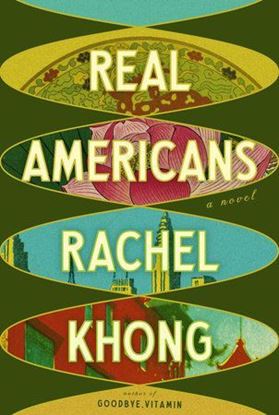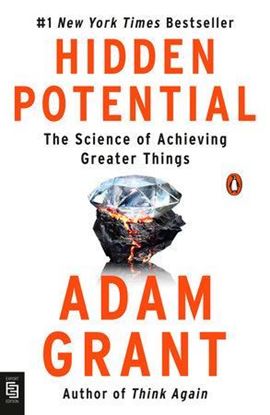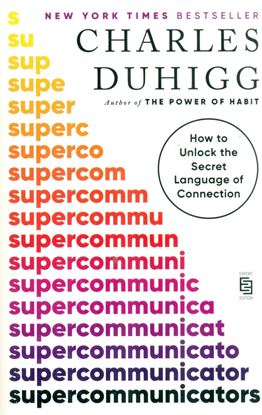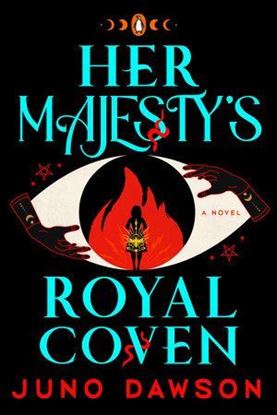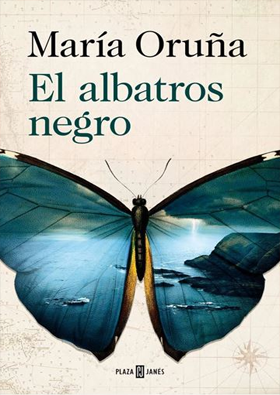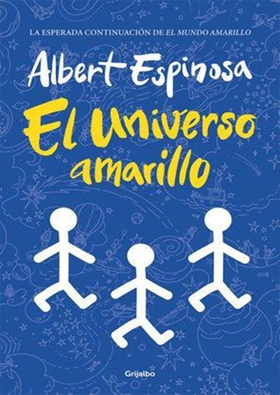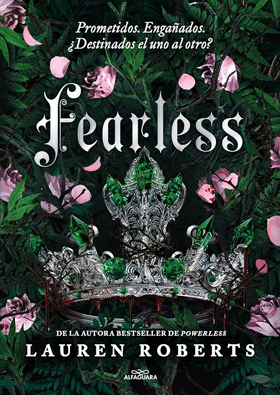

REAL AMERICANS
Real Americans begins on the precipice of Y2K in New York City, when twenty-two-year-old Lily Chen, an unpaid intern at a slick media company, meets Matthew. Matthew is everything Lily is not: easygoing and effortlessly attractive, a native East Coaster, and, most notably, heir to a vast pharmaceutical empire. Lily couldn't be more different: flat-broke, raised in Tampa, the only child of scientists who fled Mao’s Cultural Revolution. Despite all this, Lily and Matthew fall in love.
In 2021, fifteen-year-old Nick Chen has never felt like he belonged on the isolated Washington island where he lives with his single mother, Lily. He can't shake the sense she's hiding something. When Nick sets out to find his biological father, the journey threatens to raise more questions than it provides answers.
In immersive, moving prose, Rachel Khong weaves a profound tale of class and striving, race and visibility, and family and inheritance—a story of trust, forgiveness, and finally coming home.
Exuberant and explosive, Real Americans is a social novel par excellence that asks: Are we destined, or made? And if we are made, who gets to do the making? Can our genetic past be overcome?
995
Y/N
It’s as if her life only began once Moon appeared in it. The desultory copywriting work, the boyfriend, and the want of anything not-Moon quickly fall away when she beholds the idol in concert, where Moon dances as if his movements are creating their own gravitational field; on livestreams, as fans from around the world comment in dozens of languages; even on skincare products endorsed by the wildly popular Korean boyband, of which Moon is the youngest, most luminous member. Seized by ineffable desire, our unnamed narrator begins writing Y/N fanfic—in which you, the reader, insert [Your/Name] and play out an intimate relationship with the unattainable star.
Surreal, hilarious, and shrewdly poignant, Y/N is a provocative literary debut about the universal longing for transcendence and the tragic struggle to assert one’s singular story amidst the amnesiac effects of globalization. Esther Yi’s prose unsettles the boundary between high and mass art, exploding our expectations of a novel about “identity” and offering in its place a sui generis picture of the loneliness that afflicts modern life.
995
HIDDEN POTENTIAL (EXPORT ED.)
We live in a world that’s obsessed with talent. We celebrate gifted students in school, natural athletes in sports, and child prodigies in music. But admiring people who start out with innate advantages leads us to overlook the distance we ourselves can travel. We underestimate the range of skills that we can learn and how good we can become. We can all improve at improving. And when opportunity doesn’t knock, there are ways to build a door.
Hidden Potential offers a new framework for raising aspirations and exceeding expectations. Adam Grant weaves together groundbreaking evidence, surprising insights, and vivid storytelling that takes us from the classroom to the boardroom, the playground to the Olympics, and underground to outer space. He shows that progress depends less on how hard you work than how well you learn. Growth is not about the genius you possess—it’s about the character you develop. Grant explores how to build the character skills and motivational structures to realize our own potential, and how to design systems that create opportunities for those who have been underrated and overlooked.
995
STOP SAYING YOU ARE FINE
Mel Robbins has spent her career teaching people how to push past their self-imposed limits to get what they truly desire. She has an in-depth understanding of the psychological and social factors that repeatedly hold you back, and more important, a unique set of tools for getting you where you want to be.
In Stop Saying You're Fine, she draws on neuroscientific research, interviews with countless everyday people, and ideas she's tested in her own life to show what works and what doesn't. The key, she explains, is understanding how your own brain works against you. Because evolution has biased your mental gears against taking action, what you need are techniques to outsmart yourself.
995
SUPERCOMMUNICATORS
Come inside a jury room as one juror leads a starkly divided room to consensus. Join a young CIA officer as he recruits a reluctant foreign agent. And sit with an accomplished surgeon as he tries, and fails, to convince yet another cancer patient to opt for the less risky course of treatment. In Supercommunicators, Charles Duhigg blends deep research and his trademark storytelling skills to show how we can all learn to identify and leverage the hidden layers that lurk beneath every conversation. Communication is a superpower and the best communicators understand that whenever we speak, we’re actually participating in one of three conversations: practical (What’s this really about?), emotional (How do we feel?), and social (Who are we?). If you don’t know what kind of conversation you’re having, you’re unlikely to connect.
995
HER MAJESTY'S ROYAL COVEN (1)
At the dawn of their adolescence, on the eve of the summer solstice, four young girls–Helena, Leonie, Niamh and Elle–took the oath to join Her Majesty’s Royal Coven, established by Queen Elizabeth I as a covert government department. Now, decades later, the witch community is still reeling from a civil war and Helena is the reigning High Priestess of the organization. Yet Helena is the only one of her friend group still enmeshed in the stale bureaucracy of HMRC. Elle is trying to pretend she’s a normal housewife, and Niamh has become a country vet, using her powers to heal sick animals. In what Helena perceives as the deepest betrayal, Leonie has defected to start her own more inclusive and intersectional coven, Diaspora. And now Helena has a bigger problem. A young warlock of extraordinary capabilities has been captured by authorities and seems to threaten the very existence of HMRC. With conflicting beliefs over the best course of action, the four friends must decide where their loyalties lie: with preserving tradition, or doing what is right.
995


